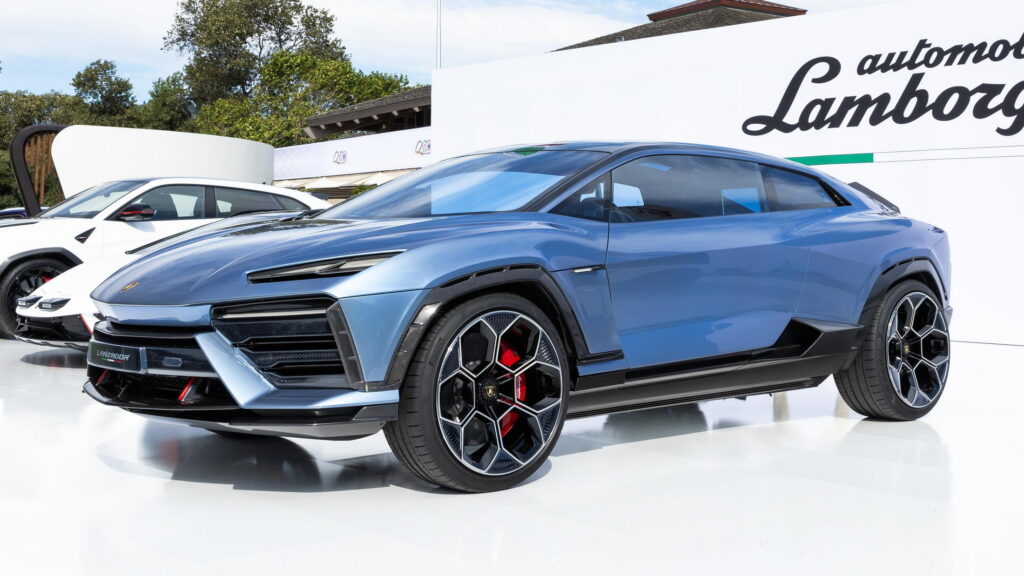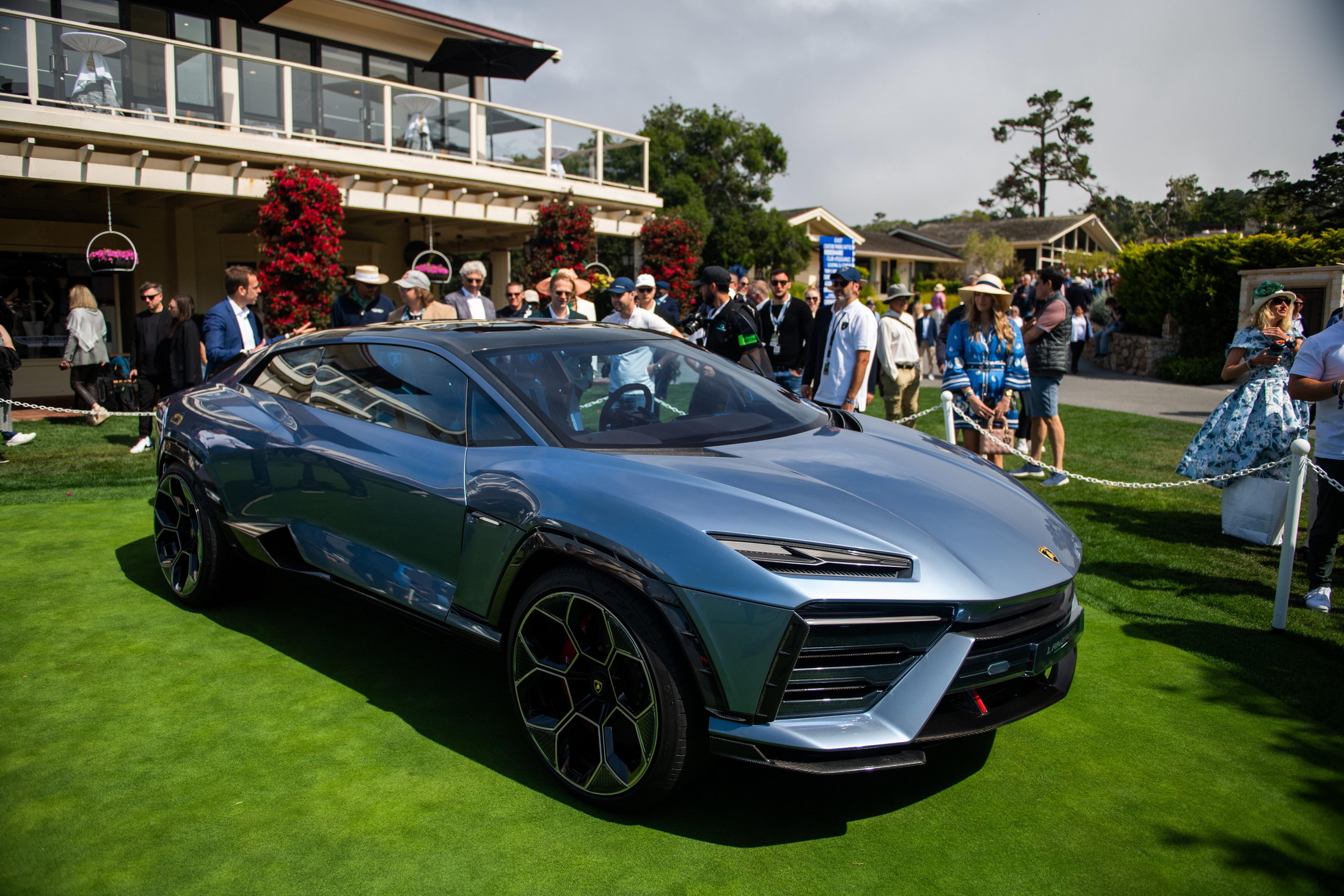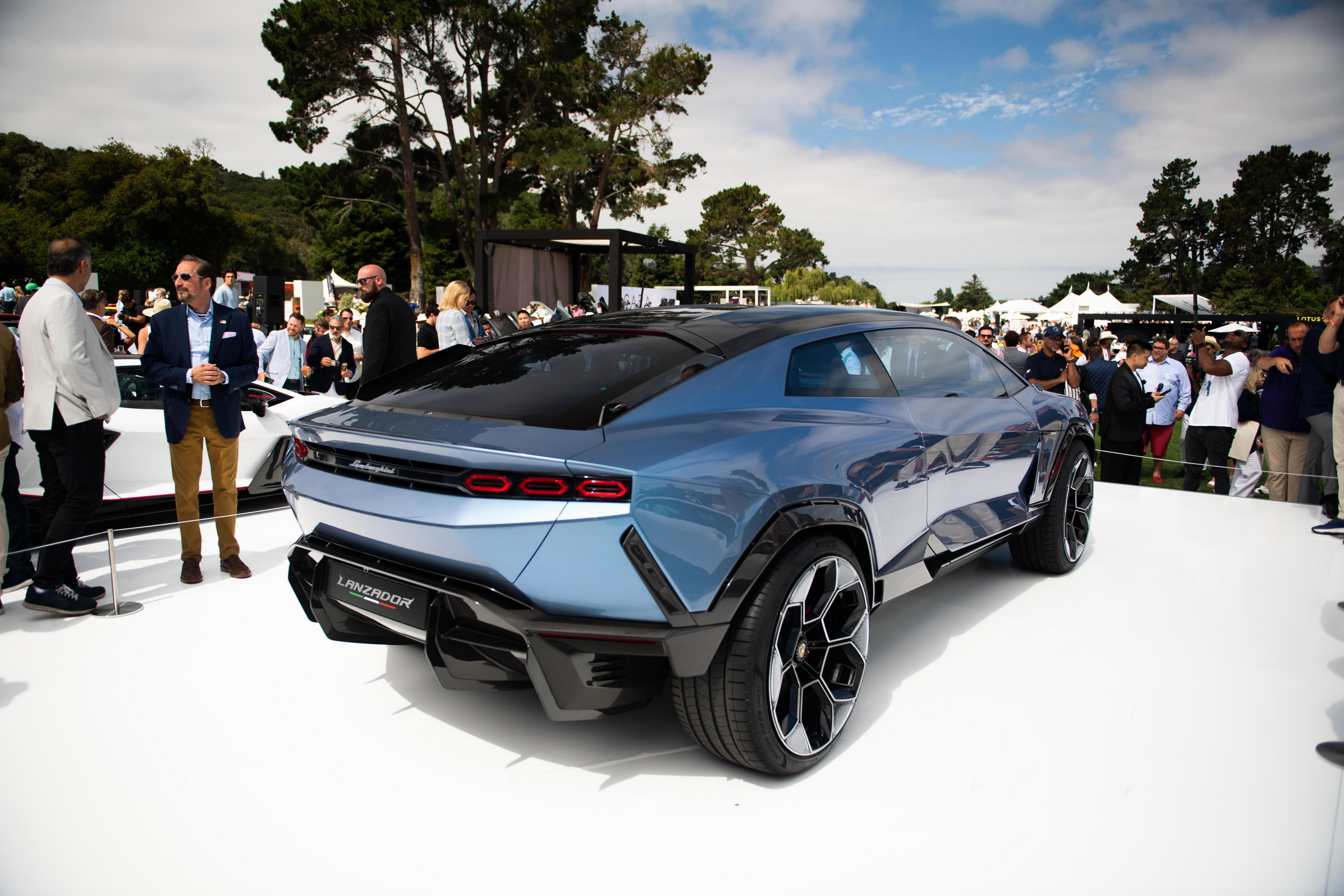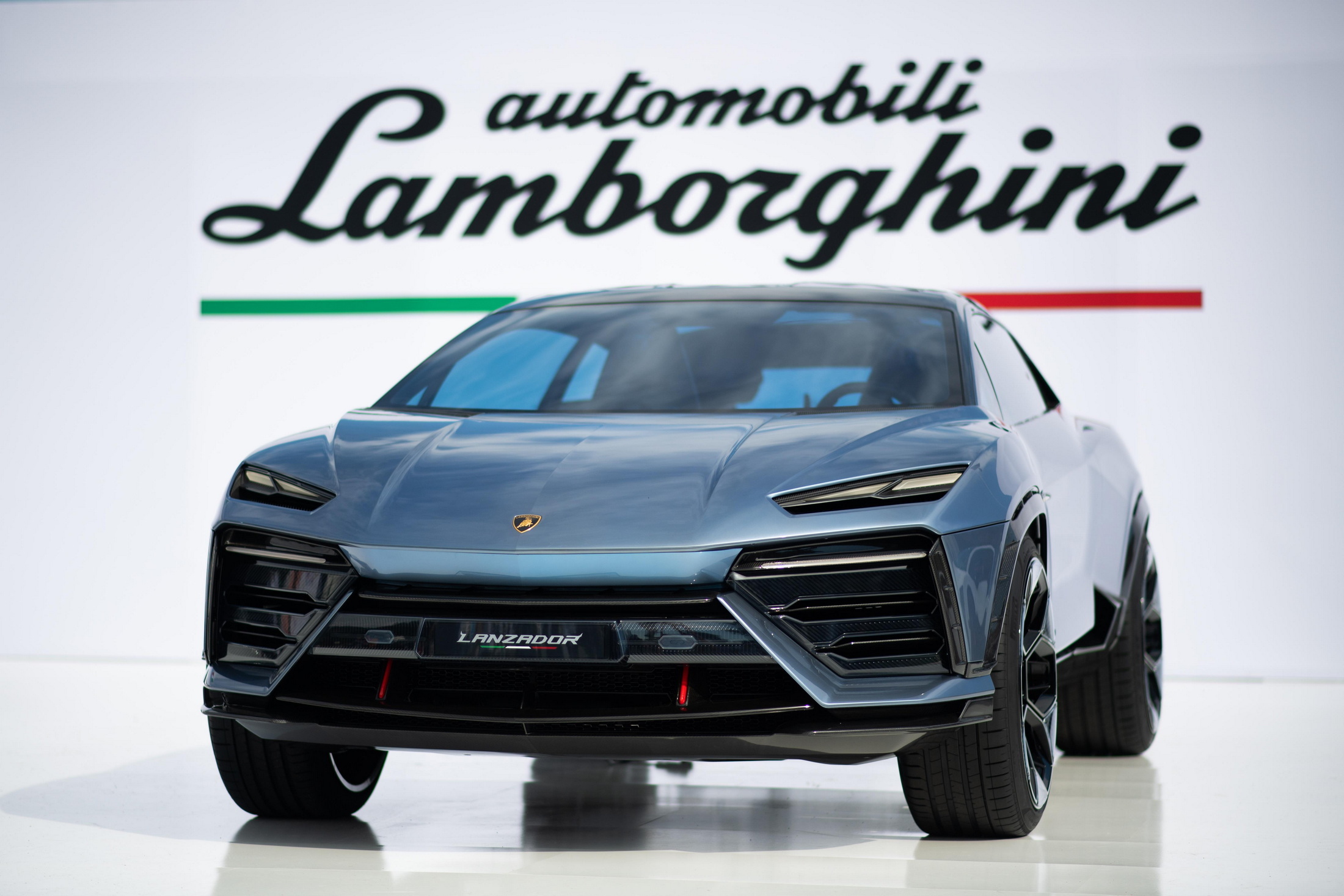What do we even call the Lamborghini Lanzador concept? Is it a crossover? A really tall supercar? A grand tourer? All these questions, and more, are currently being answered internally by the Italian automaker, which chasing new customers and new defining characteristics with its new type of vehicle.
Unveiled during the Monterey Car Week, the Lanzador is Lamborghini’s take on an EV. Not quite a super- or hypercar because of its high ride height and four seats, the automaker says it will still have a megawatt (1,341 hp/1,360 PS) of power, making it more than just a crossover.
Moreover, Lamborghini’s chief technical officer, Rouven Mohr, says that chasing performance targets isn’t the vehicle’s most difficult task. Speaking to Road & Track, he said that although the Lanzador will be fast, the distinction between hitting 60 mph (96 km/h) in 1.7, 1.8, or 2.1 seconds is largely academic, because the driver can’t really perceive the difference.
Read: The Lamborghini Lanzador Previews An Electrifying 2+2 GT Crossover For 2028
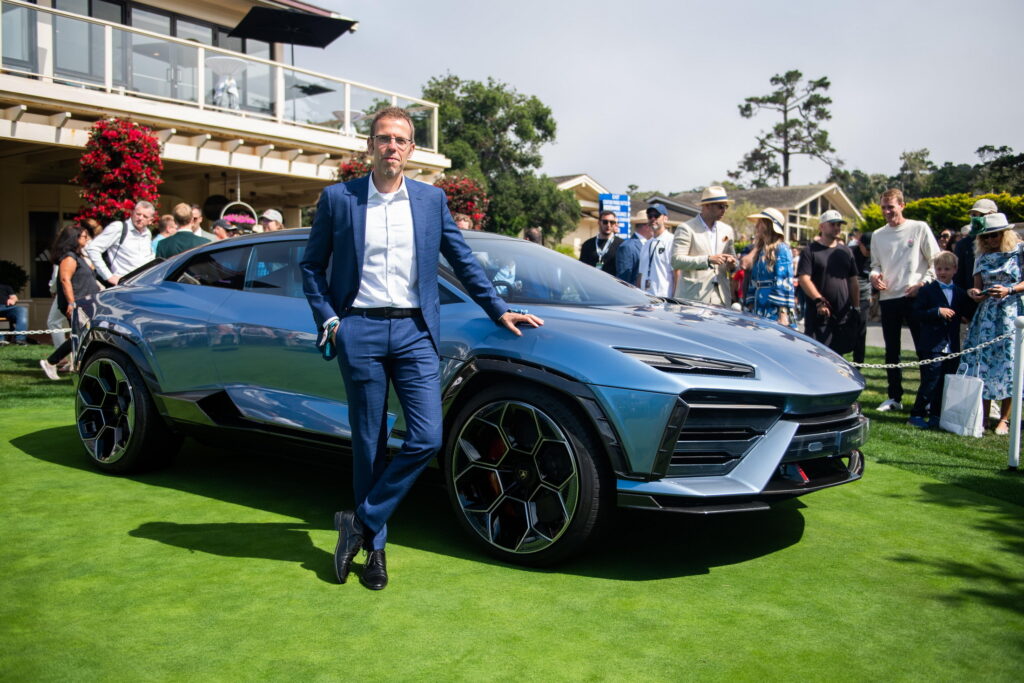
Instead, the automaker is working to define what a Lamborghini is when it doesn’t have access to a V12, or any other kind of internal combustion engine. Since motors tend not to be as distinct as engines, a lot of Lamborghini’s first production EV’s personality will be defined by software.
“To be honest, this is one of our most important development targets, to redefine the electric behavior of a Lambo,” Mohr said. “The people expect a Lamborghini to be a little bit more rude, a little bit more, let me say, not so smooth, and so on. Because a lot of electric cars have the performance, this is not the differentiation. At the moment, we are redefining exactly this behavior and there are a lot of ideas.”
The automaker is calling its new software suite Lamborghini Dinamica Veicolo Integrata (LDVI). It will use sensors and actuators to create an experience that the driver is sure to remember. And to really help it stand out, Mohr’s team is working on handing the driver as much control as possible.
“We can, for the first time, implement functions that are even not thinkable in a combustion car,” Mohr said. “For instance, we are already working on torque vectoring that—with paddle shifters, that during the driving—you can influence the torque vectoring. And that’s only one feature.”
Mohr said that these are the kinds of features that will attract customers to its brand, even if they’re unsure of it right now. While he admits that most people probably had a more traditional grand tourer in mind when they heard that Lamborghini was working on a 2+2, he said that the company went with the Lanzador concept because it really believed in it.
“It’s a little bit brave for us to say, ‘Ok, we believe in it,’ and we do it,” Mohr said. “For instance, the Huracán Sterrato. No one was asking for this kind of car. At the beginning, everyone was saying, ‘Oh come on, what is this? This is shit. What do you do with this?’ Now, the people, especially if they have already experienced the driving style, love it.”
Mohr said that the new Lanzador is designed to create a new style for Lamborghini that is not hopelessly stuck in the past. By doing that, he thinks the company can also attract a new audience, like it did with the Urus.




